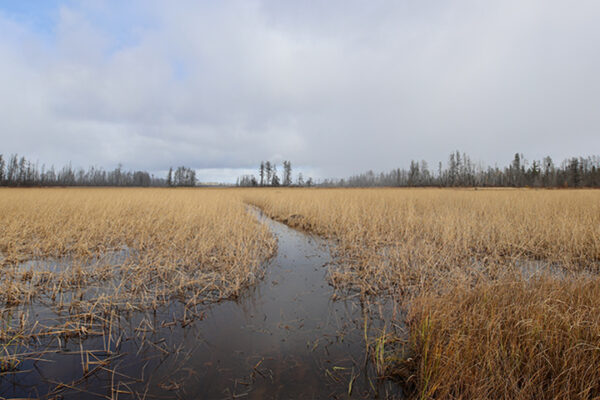Tick season returns in northern Minnesota, new rapid pathogen detection research underway
Spring has arrived in northern Minnesota and along the North Shore, bringing blooming flowers, returning migratory birds, mosquitoes, and the first ticks of the season.
Following a relatively typical winter in northeastern Minnesota, tick activity this summer is also expected to be about average.
“I expect to see at least an average number of ticks out this year, and an average number in Minnesota is quite a few ticks,” said Jon Oliver, an associate professor with the University of Minnesota School of Public Health. Oliver is a public health entomologist specializing in the relationship between ticks and tick-borne pathogens related to human health.
Oliver said typically, once temperatures reach 55 degrees, the adult ticks will emerge, while the younger nymphs will be more active in early summer. Ticks have already started to emerge in the Arrowhead region, with recent reports of deer ticks in the Grand Marais area.
Looking at long-term trends, Oliver said that deer ticks have continued to spread across the state in the past 30 years. “Deer ticks have greatly expanded their range.”
The factors driving the expansion of deer ticks are multi-faceted and can be attributed to changes in human land-use and host animal patterns. White-tailed deer, a common tick host, will influence the expansion of ticks on the landscape. In addition, Oliver said rodents such as the white-footed mouse distribute ticks throughout an area.
Oliver said that while deer ticks are most commonly known to carry Lyme disease, deer ticks can transmit up to seven different pathogens. The other pathogens, including Anaplasmosis, the second most common tick-borne disease, are rarer and harder to find, but “they’re definitely out there in Minnesota.”
To learn more about the rarer and harder-to-find pathogens, Oliver and a team of researchers at the University of Minnesota are launching an in-field rapid tick pathogen identification project in Kansas this summer.
Using an innovative mobile laboratory in the field, researchers will use detection tools to collect DNA from ticks.
“There’s essentially no limit to the number of different things we can look for,” Oliver said.
The detection tools will also collect genetic information and provide researchers with insights into whether the pathogen strain is human pathogenic and how the strains of bacteria are related.
The research will create a spatial map of sorts.
Oliver said the researchers will be able to see “how these disease transmission patterns between rodents and ticks are moving across the landscape.”
The process and research could be used as a public health risk assessment tool. “So we’ll have a better idea of where these rare diseases are occurring and what proportion of ticks are infected by them,” Oliver said.
WTIP’s Kalli Hawkins spoke with Jon Oliver, a public health entomologist specializing in the relationship between ticks and tick-borne pathogens related to human health. Oliver talks in-depth about the research project, tick prevention methods, and the summer tick outlook. The audio from the interview is below.














